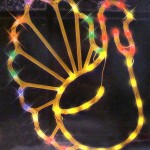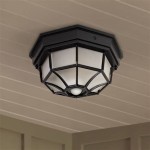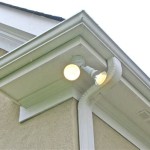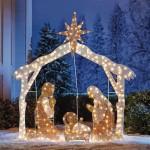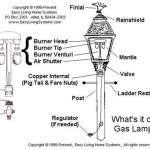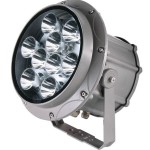Wiring Outdoor Light Fixtures: A Comprehensive Guide
Outdoor lighting enhances the aesthetics and security of any property. Whether illuminating pathways, highlighting landscaping, or deterring potential intruders, outdoor fixtures require proper wiring for safe and reliable operation. This guide provides a detailed overview of wiring outdoor light fixtures, covering essential considerations, steps involved, and safety precautions.
Understanding Electrical Requirements
Before embarking on the wiring process, it's crucial to understand the electrical requirements of the outdoor light fixture. This involves determining the fixture's voltage, wattage, and amperage. Most outdoor fixtures operate on standard 120-volt household circuits. However, some may require higher voltages or specialized wiring. Consult the fixture's installation manual or contact a qualified electrician to confirm these specifications.
Additionally, consider the location of the fixture and its accessibility for future maintenance. Choose a suitable junction box that can accommodate the fixture's wires and provide ample space for connections. The junction box should be weatherproof and installed in a location that is easily accessible but protected from the elements.
Steps for Wiring Outdoor Light Fixtures
Wiring an outdoor light fixture typically involves the following steps:
1. Disconnect Power
Safety is paramount when working with electricity. Before starting any wiring work, disconnect the power supply to the circuit that will feed the fixture. Locate the circuit breaker or fuse controlling the outdoor lighting and turn it off. Confirm that the power is off by testing the circuit with a voltage tester.
2. Install Junction Box
Install the junction box in a suitable location near the fixture. If necessary, drill holes in the wall or surface and use appropriate anchors to secure the box. Ensure the box is securely mounted and level.
3. Run Wires
Run the electrical wires from the junction box to the fixture. Use weatherproof cable rated for outdoor use and suitable for the voltage and amperage requirements. Secure the wires to the wall or surface using cable staples or clamps. Avoid running wires through areas that may be subject to damage or excessive heat.
4. Connect Wires
At the junction box, connect the wires from the fixture to the house's electrical system. Typically, there will be three wires: a black (hot) wire, a white (neutral) wire, and a green (ground) wire. Connect the black wire from the fixture to the black wire in the junction box. Connect the white wire from the fixture to the white wire in the junction box, and the green ground wire from the fixture to the green ground wire in the junction box.
Ensure that all connections are secure and properly insulated. Use wire connectors (wire nuts) to join the wires and seal them with waterproof tape.
5. Install Fixture
Install the fixture according to its installation instructions. Typically, this involves mounting the fixture to the wall or surface using screws or brackets. Ensure that the fixture is properly secured and aesthetically aligned.
6. Test and Restore Power
After installing the fixture, test the circuit by turning on the power at the breaker or fuse box. Verify that the fixture is working properly. If there are any issues, check the connections and wiring for potential errors.
Once the fixture is operating correctly, restore power to the circuit and enjoy your newly installed outdoor lighting.
Safety Precautions
When working with electrical wiring, it's essential to prioritize safety. Here are key precautions to adhere to:
1. Never Work on Live Wires
Always disconnect power to the circuit before working on any wiring. Never attempt to work on live wires, as this can result in serious electric shock or electrocution.
2. Use Proper Tools and Equipment
Use insulated tools and equipment designed for electrical work. Ensure that tools are in good condition and properly insulated. Replace damaged or worn tools immediately.
3. Wear Protective Gear
Wear appropriate protective gear, including safety glasses, gloves, and footwear that provide insulation. Protect your skin and eyes from potential hazards.
4. Work in a Well-Ventilated Area
Ensure adequate ventilation when working with electrical wires, particularly in enclosed spaces. Avoid working in areas with flammable materials or gases.
5. Seek Professional Help When Needed
If you feel uncomfortable or unqualified to handle electrical wiring, consult a licensed electrician. They have the expertise and tools to safely and correctly install your outdoor light fixtures.

Replacing An Outdoor Light Fixture

How To Install A Yard Light Post Electrical Projects Home Wiring Lights
How To Replace An Outdoor Light

Wiring Installation Coastal Source

How To Install A Porch Light Exterior Fixtures Lighting

Replacing An Outdoor Light Fixture

Outdoor Low Voltage Lighting Diy Family Handyman

Installation Help For Outdoor Lighting
How To Replace An Outdoor Light

How To Turn A Hard Wired Light Fixture Into Plug In The Happy Housie
Related Posts
